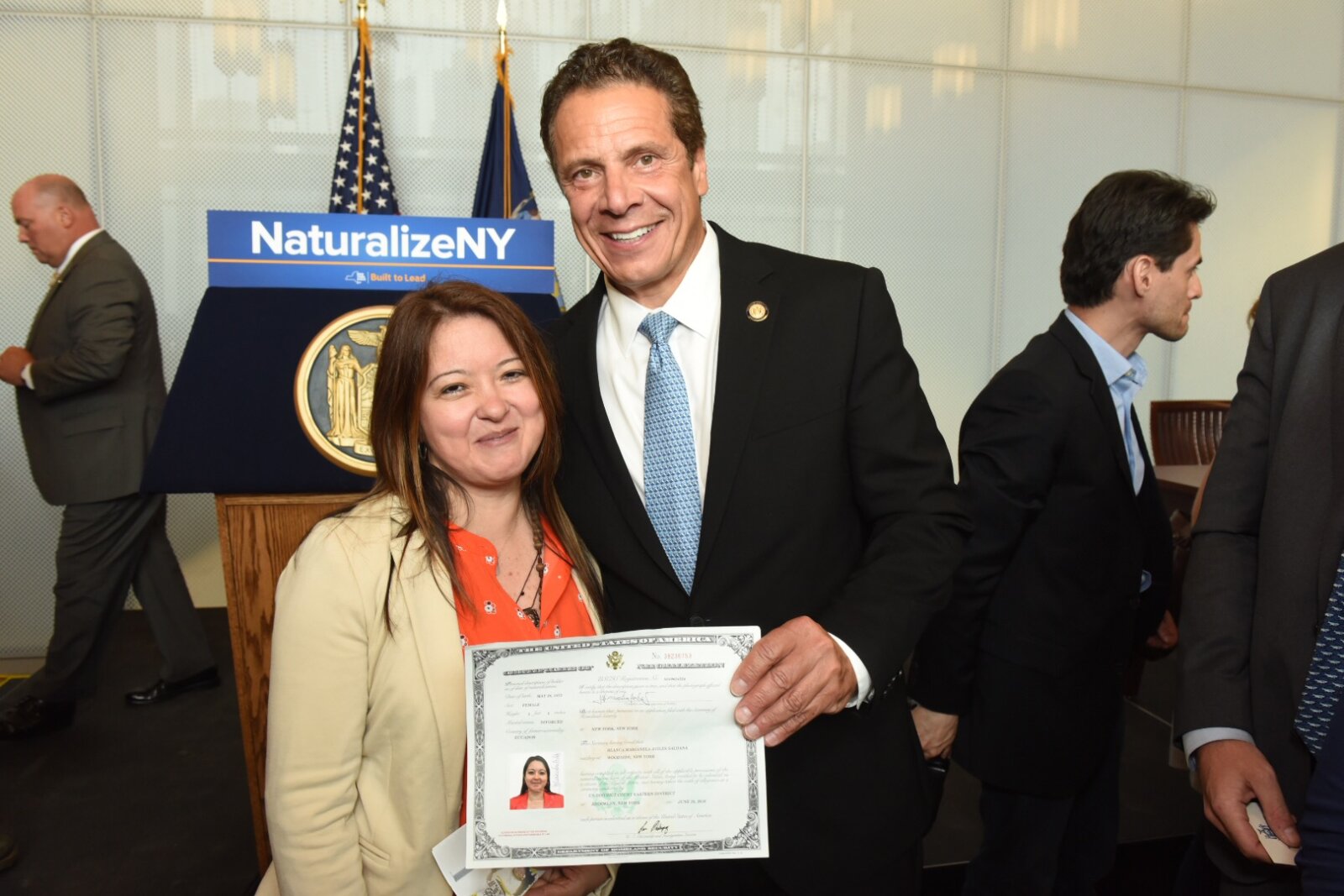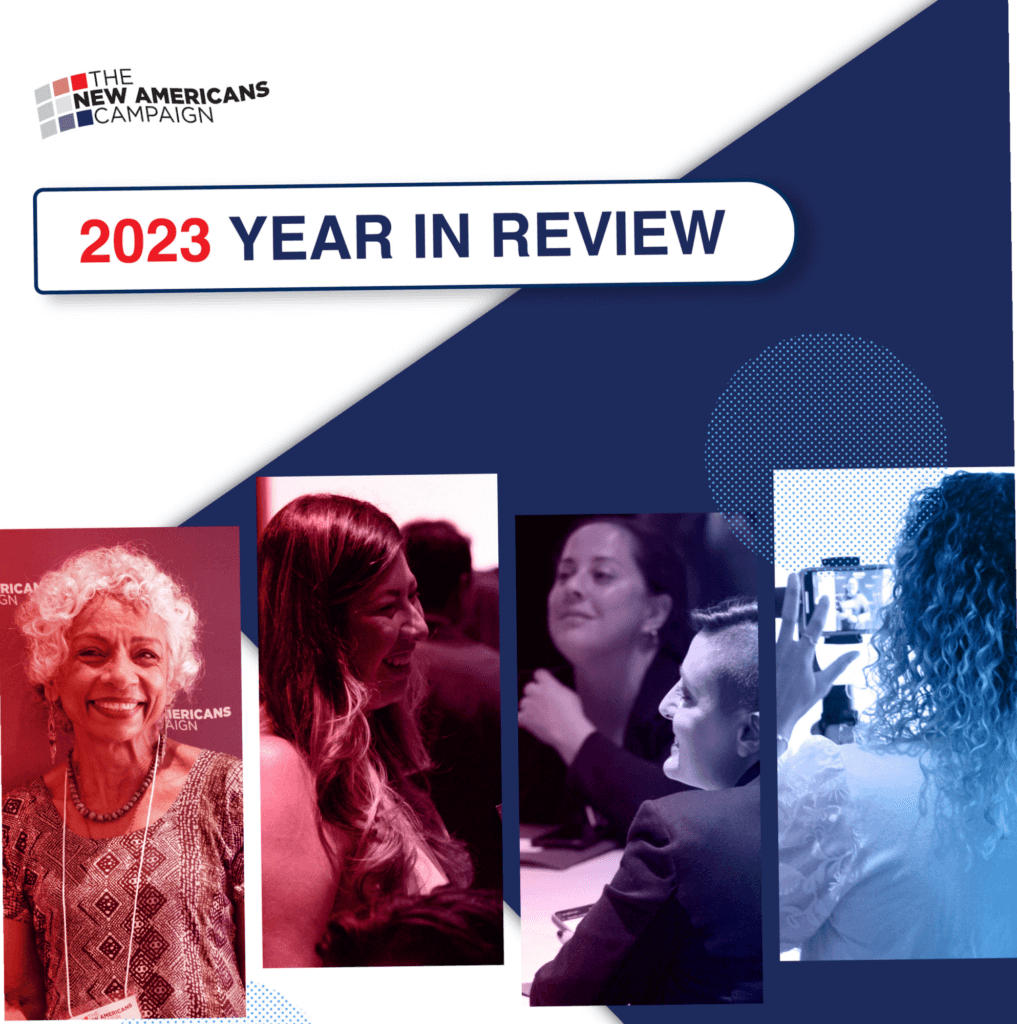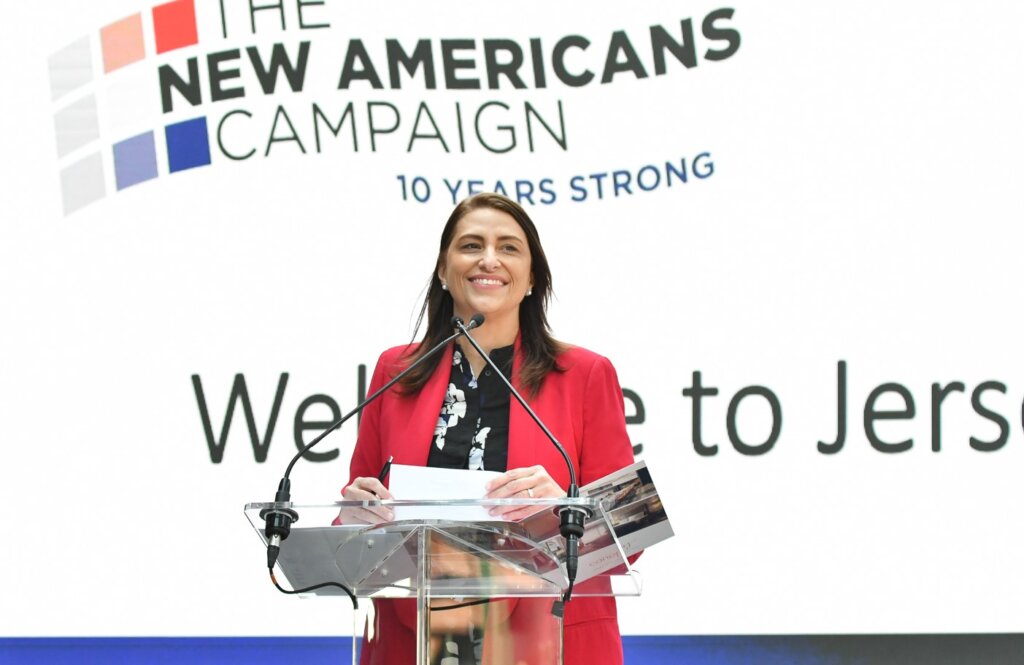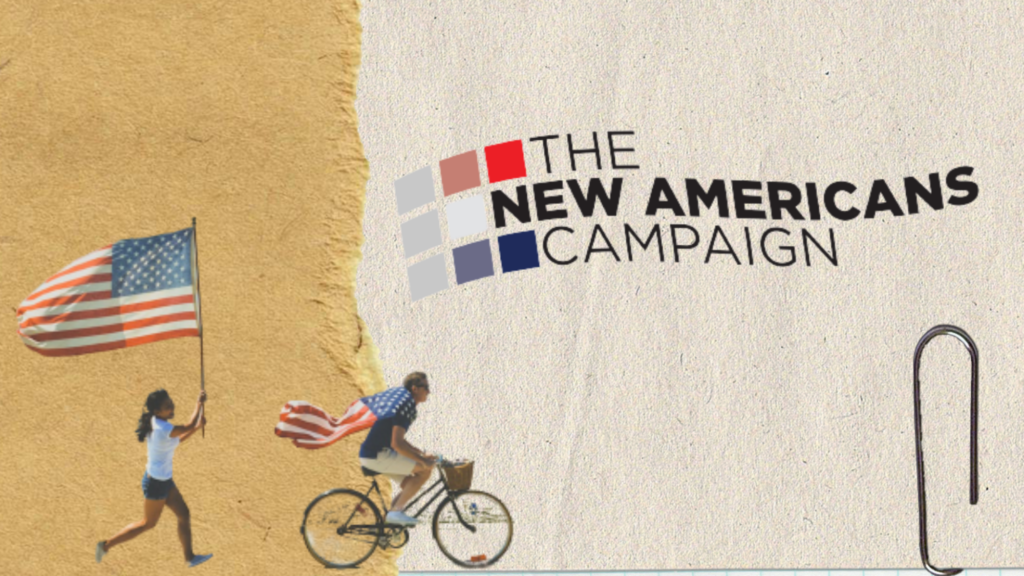Lifting Barriers to Citizenship: The Significance of Stanford’s Recent Study

Even the most vigorous citizenship promotion efforts fall flat if people must choose between paying a high application fee or paying the rent and putting food on the table. For eligible lawful permanent residents who have incomes at or below 150 percent of the poverty guidelines, the application fee may be waived. But for those who land just to the other side of that income line, coming up with the current total fee of $725 (the $640 application fee, along with the $85 background check) might be impossible.
Stanford University’s Immigration Policy Lab (IPL) found that the fee puts a price tag on citizenship that has risen by an astounding 800% in real terms since 1985 when it was only $35 (or $80.25 in today’s dollars). For a household that earns between 150-250 percent of the poverty guidelines, that fee alone equals roughly one week of post-tax, take-home pay according to the analysis of Manuel Pastor and Jared Sanchez of the University of Southern California (USC), who have written extensively about the effect of the naturalization fee. Their research shows that this group is comprised of nearly two million adults or 22 percent of all the lawful permanent residents who are eligible to become citizens.
That’s why IPL’s recent study, Lifting Barriers to Citizenship, is so striking. The team of researchers from Stanford University, George Mason University and the Rockefeller College of Public Affairs & Policy at the University at Albany found the very first empirical evidence that making the citizenship process affordable for a larger group of lawful permanent residents is completely critical to both encouraging and enabling low-income immigrants to naturalize.
The pilot, a public-private program, called NaturalizeNY, operated through the New York State Office for New Americans, gave vouchers through a lottery system to 336 low-income immigrants in order to cover the application fee. The program then tracked an additional 527 registrants who had to pay the full fee. The research found that the vouchers roughly doubled the application rate, from 37% for those without vouchers, to 78% of those who held vouchers. Those who are eligible for U.S. citizenship and have the desire to become active members of society, but lack the necessary funds, stand to benefit most from such a voucher system.
“We are a nation that has always celebrated citizenship,” says Melissa Rodgers, Director of the New Americans Campaign, “the New York experiment should inspire replication of similar programs in other states or cities.” Immigrants with the lowest incomes will continue to need the help of nonprofit service organizations to navigate the path to citizenship, however. “At the New Americans Campaign,” says Rodgers, “we have trusted partners on the ground who can help with the applications, and provide legal counsel. And we have our online Citizenshipworks service.” If investing in a voucher system boosts citizenship rates, the entire country stands to gain from the opportunities that citizenship provides to lawful permanent residents, such as increased integration; more civic engagement; and, overall, more economically mobile communities.



